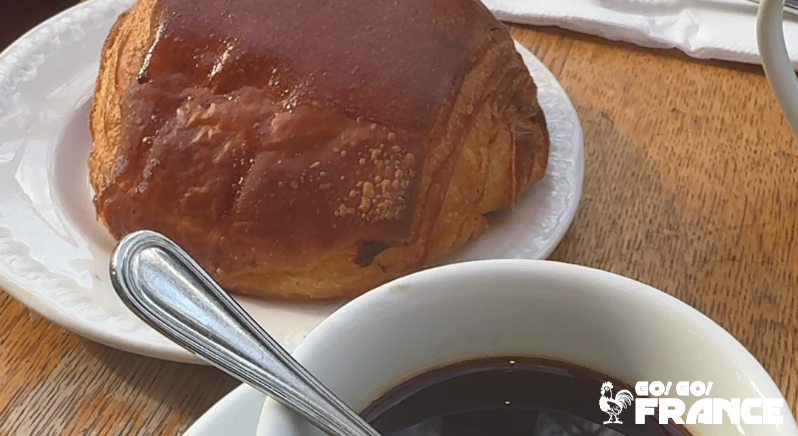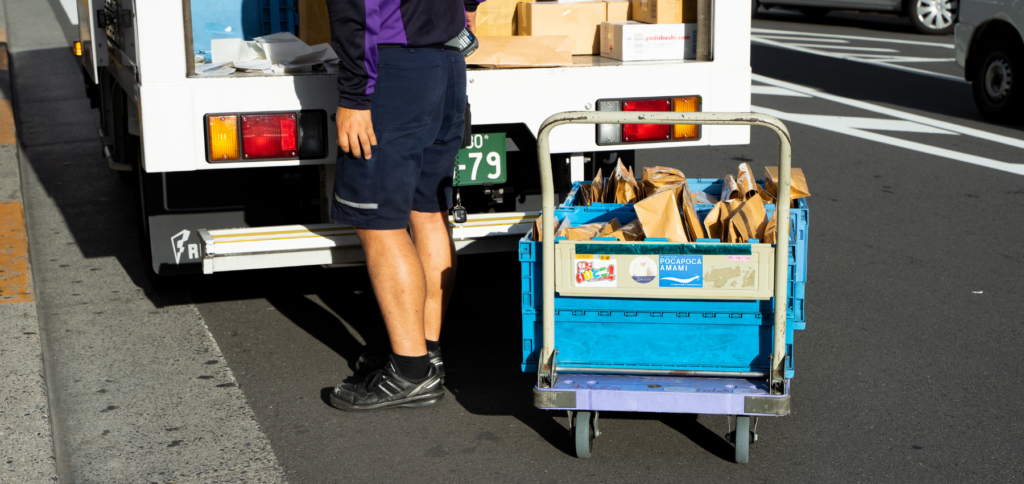From the iconic croissant to unique regional delights, French viennoiseries are a delicious celebration of tradition and craftsmanship. In this article, we’ll explore the rich world of French viennoiseries and the must-try options when visiting France.
What Are French Viennoiseries
French viennoiseries are pastries that blur the line between bread and patisserie, made from yeasted dough enriched with butter, eggs, and other flavorful ingredients. Viennoiseries typically involve a labor-intensive process, especially when laminated dough is used to create the light, flaky layers that define favorites like croissants and pain au chocolat.
Croissant
No discussion of French viennoiseries would be complete without mentioning the croissant. This crescent-shaped pastry is known for its buttery, flaky layers and is enjoyed as a breakfast staple across France.
Pain au Chocolat
For those with a sweet tooth, pain au chocolat offers the perfect combination of laminated dough and rich chocolate. This rectangular pastry is filled with two sticks of dark chocolate and is a popular choice for breakfast or a mid-morning snack.
Pain aux Raisins
The pain aux raisins is another French classic, featuring a spiral of laminated dough filled with custard and dotted with plump raisins. This pastry offers a delightful contrast between the creamy custard and the chewy raisins, making it an ideal choice for those looking for something different from chocolate-based viennoiseries.
Brioche
Although it differs slightly in texture, brioche falls under the category of viennoiseries due to its enriched dough. Made with plenty of butter and eggs, brioche is soft, slightly sweet, and wonderfully rich. It can be enjoyed plain or topped with sugar crystals.

Common Ingredients to All Viennoiseries
The key ingredients that make French viennoiseries so irresistible are:
- Butter: The richness and flakiness of most viennoiseries come from high-quality French butter, which gives the pastries their unmistakable taste.
- Yeast: Viennoiseries are made with yeasted dough, which gives them a slightly airy texture compared to regular bread.
- Eggs: Eggs are used to enrich the dough, adding moisture, color, and a tender crumb.
- Milk: The dough often includes milk, contributing to its softness and richness.
One of the defining techniques in making viennoiseries is lamination. This involves folding butter into the dough multiple times to create thin, alternating layers of butter and dough. As the pastry bakes, the butter melts, causing the layers to puff up and creating the signature flaky texture.
Local Variations
While croissants and pain au chocolat are found throughout France, some regions have their own special versions of viennoiseries:
- Kouign-amann (Brittany): A caramelized, buttery pastry made with laminated dough and sugar, resulting in a crisp and sweet treat.
- Pain Suisse (Various Regions): This soft pastry is filled with vanilla custard and chocolate chips, offering a sweet alternative to classic viennoiseries.
- Brioche Feuilletée (Vendée): A flaky, layered brioche that combines the richness of butter with the light texture of laminated dough.
Check out our blog to learn more about French regional food: https://stg-gogofrance-ggfstaging.kinsta.cloud/en/blog/category/fooddrink/

When Do French People Eat Viennoiseries
In France, viennoiseries are most commonly enjoyed during breakfast or as a mid-morning snack. On weekends, it’s typical for French families to visit their local bakery in the morning to pick up fresh pastries, which are often served with coffee or tea. Many French people also grab a viennoiserie as an on-the-go snack to enjoy with a café au lait or espresso during their morning break.
In addition to breakfast, viennoiseries can be eaten during the goûter, a late afternoon snack (usually around 4 p.m.), especially for children. Pain au chocolat is a common choice for goûter, along with other sweet treats.











